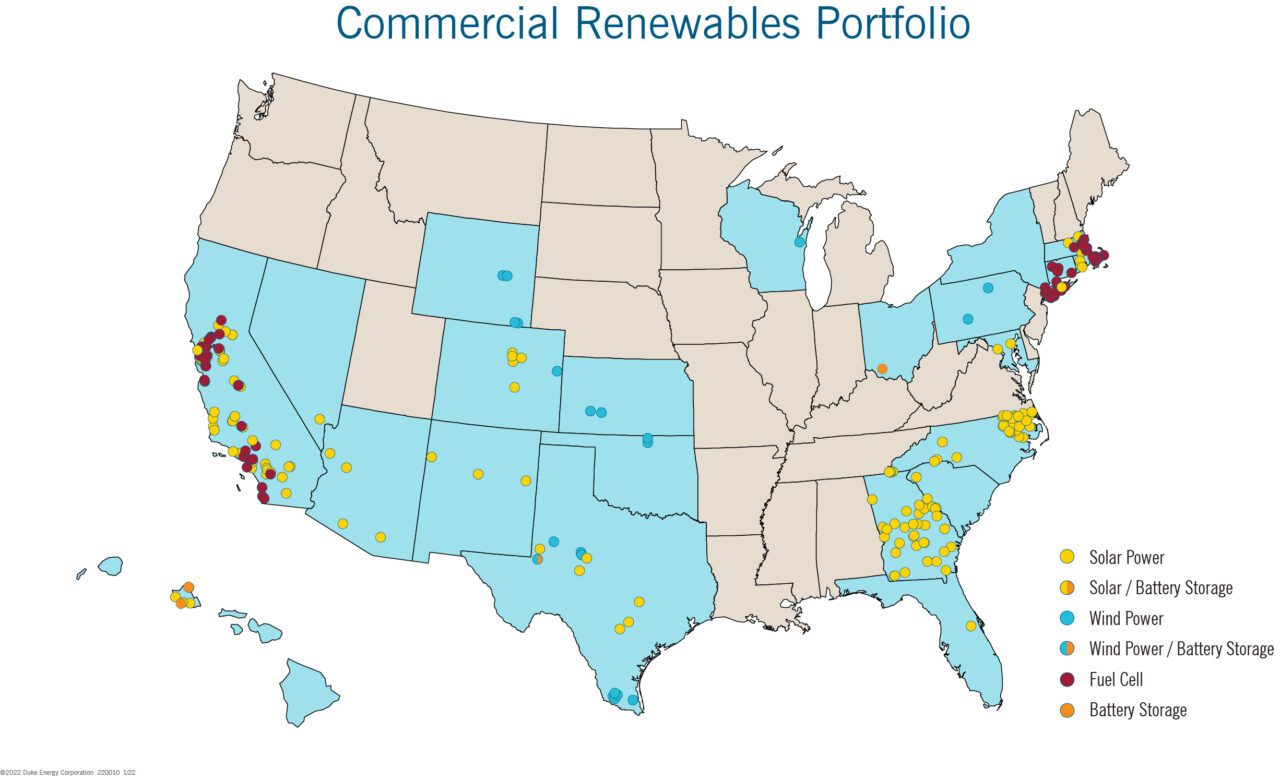I've been soaking up as much information as I can on this forum - many thanks to the community! I live where it costs me $0.17 per kwh (thank you Duke Energy...) and I am trying to get a handle on the financials involved.
A Tier 1 system can be no more than 10kw (or 12kw of panels using the 120% rule as I understand it). So estimating the PV output using the 75% rule of thumb and a conservative 4 hrs of sunlight per day (4hrs x 12kw x .75) I get 36Kwh per day.
I have an all-electric home in central Florida with a new variable speed pool pump, a new high-efficiency heat pump water heater, a new induction cook top and a 9 year old 14 seer heat pump cooling 2,850 sq ft. My average daily electrical usage for the past 6 months since we bought the home has been 64 Kwh. I understand that the average usage will go down during the cooler months, but I still expect my annual average daily usage to be in the 60 - 70 Kwh range.
Even a DIY 12k PV system with no storage will cost ~$12k yet only reduce my electric bill by half. Am I getting this right? Even with the tax credits I'm looking at a 5-year payback period. And I still get to pay the electric bill each month....
Am I missing something? How do folks justify throwing $30 - $40k at the solar salesmen who promise "free electricity?"
A Tier 1 system can be no more than 10kw (or 12kw of panels using the 120% rule as I understand it). So estimating the PV output using the 75% rule of thumb and a conservative 4 hrs of sunlight per day (4hrs x 12kw x .75) I get 36Kwh per day.
I have an all-electric home in central Florida with a new variable speed pool pump, a new high-efficiency heat pump water heater, a new induction cook top and a 9 year old 14 seer heat pump cooling 2,850 sq ft. My average daily electrical usage for the past 6 months since we bought the home has been 64 Kwh. I understand that the average usage will go down during the cooler months, but I still expect my annual average daily usage to be in the 60 - 70 Kwh range.
Even a DIY 12k PV system with no storage will cost ~$12k yet only reduce my electric bill by half. Am I getting this right? Even with the tax credits I'm looking at a 5-year payback period. And I still get to pay the electric bill each month....
Am I missing something? How do folks justify throwing $30 - $40k at the solar salesmen who promise "free electricity?"




